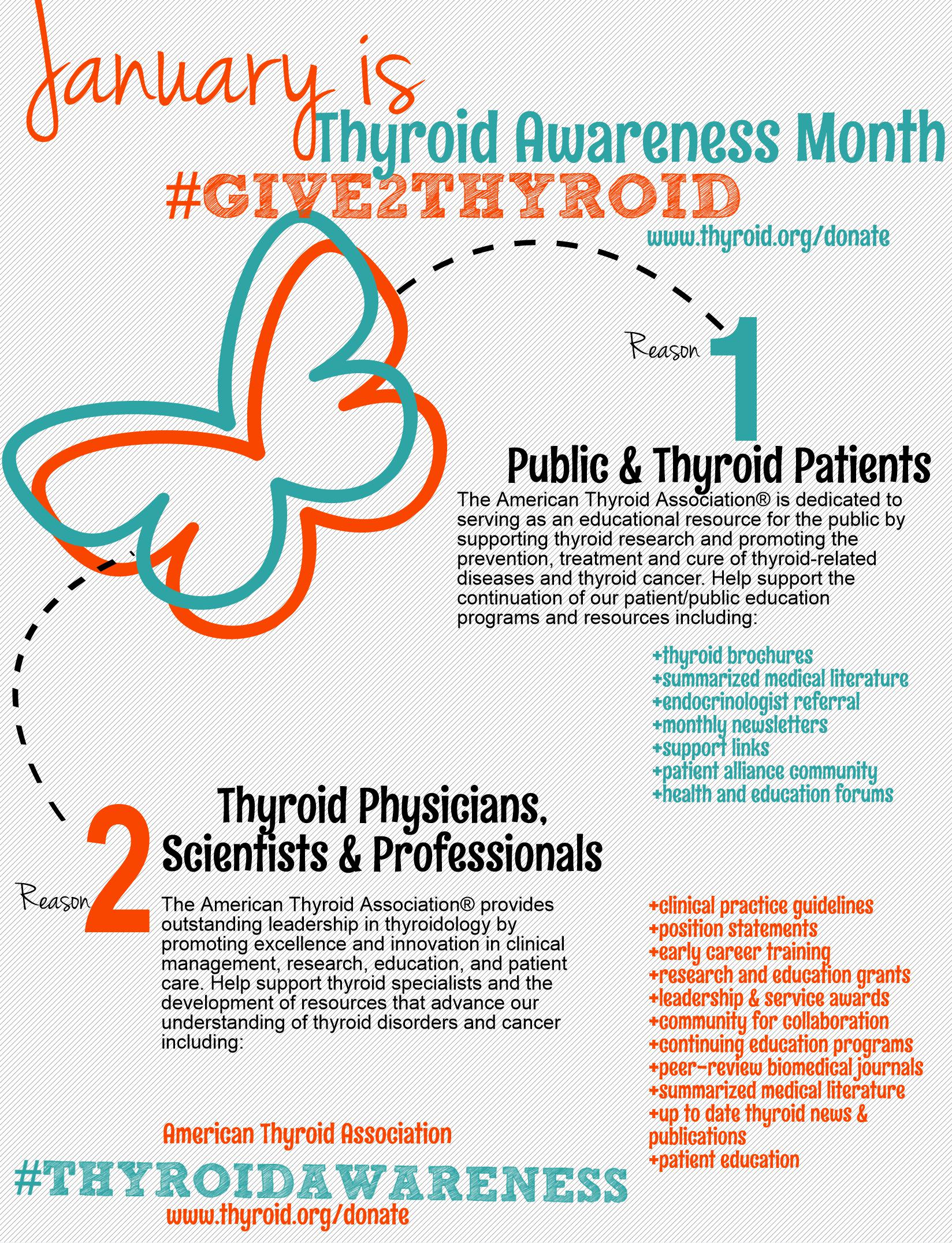In high-income countries, 5% of adults suffer from diagnostic error each year in the outpatient setting. Of these, over half of these errors have "the potential for severe harm." This is thought to be an underestimate in high-income countries, and the rate of diagnostic errors in low income countries may be much higher.[1] In the United States, "Postmortem examination research spanning decades has shown that diagnostic errors contribute to approximately 10 percent of patient deaths, and medical record reviews suggest that they account for 6 to 17 percent of adverse events in hospitals."[2]
In the case report, "Empirical treatment of tuberculosis: TB or not TB?" Webb et al describe a 38 year-old woman in India who presented with cough, and malaise. CT of her chest revealed findings suggestive of interstitial TB. Despite being sputum negative, she was treated empirically for TB due to its high prevalence and the possibility of sputum negative TB (as high as 50% of all newly diagnosed TB annually). She slowly developed greater malaise, jaundice and abdominal pain. Her husband was unable to work as he frequently presented her to medical care for diagnosis. Finally, a community health worker uploaded the patient's care records (de-identified and with patient consent) to an open access database to stimulate discussion among clinicians and increase the number of her care team. The patient traveled to a hospital that one of the clinicians staffed in order to undergo an in-person examination, where she was diagnosed with drug-induced liver injury and improved with supportive care.
Access to medical care remains a problem in much of the world. Poorly-qualified practitioners are particularly an issue in rural areas. Delays in diagnosis and incorrect diagnosis can lead to substantial patient harm. Some of the techniques for improving diagnosis have included facilitating more effective teamwork, enhancing health care professional education, and ensuring that health information technology supports patients and healthcare professionals in the diagnostic process. The internet has a substantial role to play in the future, especially in difficult to access or underserved areas. This case report introduced a new "collaborative initiative headed by Dr. Rakesh Biswas… to encourage discourse among his medical colleagues regarding challenging cases they may face."[3] Another promising project is the app "Human Diagnosis Project," which allows providers to enhance diagnostic capabilities and collaborate around the world on difficult cases.[4] Access to the internet and a way to protect patient identity would be substantial barriers to further development of this technology, as would the language barriers inherent in any system used in multiple states and countries. However this technology could be promising to break down barriers to health care for the underserved, and seems to fit well with currently in place community health workers.
BMJ Case Reports invites authors to submit global health case reports that describe the need for accurate and timely diagnosis. These cases could focus on:
- Deleterious effects of delayed or missed diagnoses
- Interventions which overcome the barriers to diagnosis
- Ways in which current tools are adapted to difficult situations to ensure safe, timely care
Manuscripts may be submitted by students, physicians, nurses and allied health professionals to BMJ Case Reports at www.bmjcasereports.com. For more information, review our guidance on how to write a global health case report and look through our online collection
To read more about difficult diagnoses, specifically TB, at BMJ Case Reports please review:
- Extrapulmonary tuberculosis: a debilitating and often neglected public health problem
- Multidrug-resistant tuberculosis in rural China: lack of public awareness, unaffordable costs and poor clinical management
- Delays in diagnosis and treatment of extrapulmonary tuberculosis in Guatemala
To read more about diagnostic error and tools to overcome, please review:
[1]Diagnostic Errors: Technical Series on Safer Primary Care. Geneva: World Health Organization; 2016. Licence: CC BY-NC-SA 3.0 IGO
[2] National Academies of Sciences, Engineering, and Medicine. Improving diagnosis in health care. National Academies Press; 2016 Jan 29.
[3]Debashish A. Evidence-based care: 38 year old woman suffering from TB with Jaundice seeking medical experts help, 2017. http://bit.ly/2MdJ0UI. (accessed 11 Jan 2019).
[4] Human Diagnosis Project [Internet]. https://www.humandx.org/ Accessed on 11 Jan 2019.
The post Diagnostic Error, the Internet, and Collaboration in Global Health appeared first on BMJ Case Reports blog.
http://bit.ly/2suA6t5












